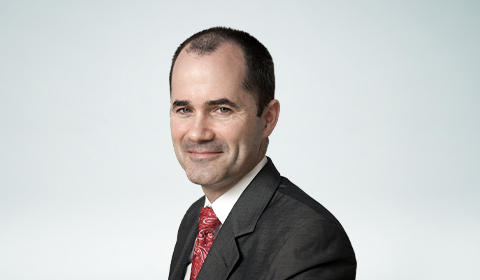The global and European reinsurance landscape is rich and varied as reinsurance comes in innumerable sizes, shapes and objectives.
Given this panoply of reinsurance structures, labels and impacts, it is sometimes helpful (and necessary!) to group or classify reinsurance in admittedly generalized ways in order to meaningfully discuss the fundamentals. In earlier articles on this topic, I often classified reinsurance by the primary type of solutions an insurer was seeking: i.e., risk transfer, services, or financial management.
All reinsurance contracts have effects in at least two, if not all three, of these elements, but one of these areas can generally be identified as the primary objective of a reinsurance transaction: “Risk transfer” describes, for example, classic reinsurance on large sums assured for individual lives in excess of a defined retention. “Services” appeal to insurers motivated by access to ancillary services such as product development or an underwriting manual. The final category, “financial management”, is the newest of the three motivators, and a bit more difficult to define.
The underlying primary objective of financially motivated reinsurance, which clearly also transfers risk, is improving a financial measure (e.g. solvency ratio, income, or return on capital). The 16 years leading up to Solvency II, and the 3.5 years post implementation, have given us a fascinating new lens through which to look at financially motivated reinsurance.
At the highest level, Solvency II was a new measure where insurers were very keen to improve and manage their showing. This led to high expectations all around that “financial reinsurance for Solvency II” would be a great new world for capital efficiency. We are confident that this world will still emerge, but we have also learned a lot while trying to accelerate its evolution over the past 20 years. I would like to share some of our key observations with you here today.
Solvency II is not the only important measure; it is one of many.
Companies also care about managing income, expenses, taxes, etc. Solvency II actually increased the number of key measures that companies watch. While the old Solvency I capital requirement disappeared, the local statutory balance sheet to which it was attached did not. This growing web of financial objectives and constraints makes financially motivated reinsurance more challenging, as it becomes increasingly difficult to improve one measure without hurting another.
Most European insurers are doing very well under Solvency II.
This is great news for many reasons, but it takes away some urgency in exploring ways of achieving greater capital efficiency. The reasons for this abundance and capital strength in the EU under Solvency II are myriad. One reason is that the final Solvency II rules were well negotiated by insurers and their lobby groups (e.g. transitional measures, future profits in SII capital, volatility adjustments, internal models). Another reason is that companies have modified their products and risk management processes to act in the way that Solvency II motivates and rewards them to (e.g. reduce product guarantees, raise prices, improve hedging).
Covering market risk is essential.
Despite the difficulties and the lack of urgency, many insurers are exploring possible new reinsurance solutions to have in their financial management arsenal in the future. These exercises quickly arrive at the conclusion that the necessary solution must transfer market risks, since these are the main focus of the Solvency Capital Requirement under Solvency II. This is a stark contrast to Solvency I when reinsurance – whether motivated by risk transfer, services acquisition or financial management – almost never transferred market risks.
These three observations tie together nicely as well. Transferring market risks costs a material amount, which hurts on other financial measures (i.e. accounting income), and which most companies choose to avoid because they are in strong positions.
We are confident that over the longer term, however, there will be a vibrant financially motivated reinsurance market under Solvency II. In addition to simply waiting for the right macro conditions to emerge, we are also designing solutions which are valuable now to more insurers. Our focus is cost-efficient reinsurance covering market risks, which helps Solvency II without having a materially negative impact on accounting income.



